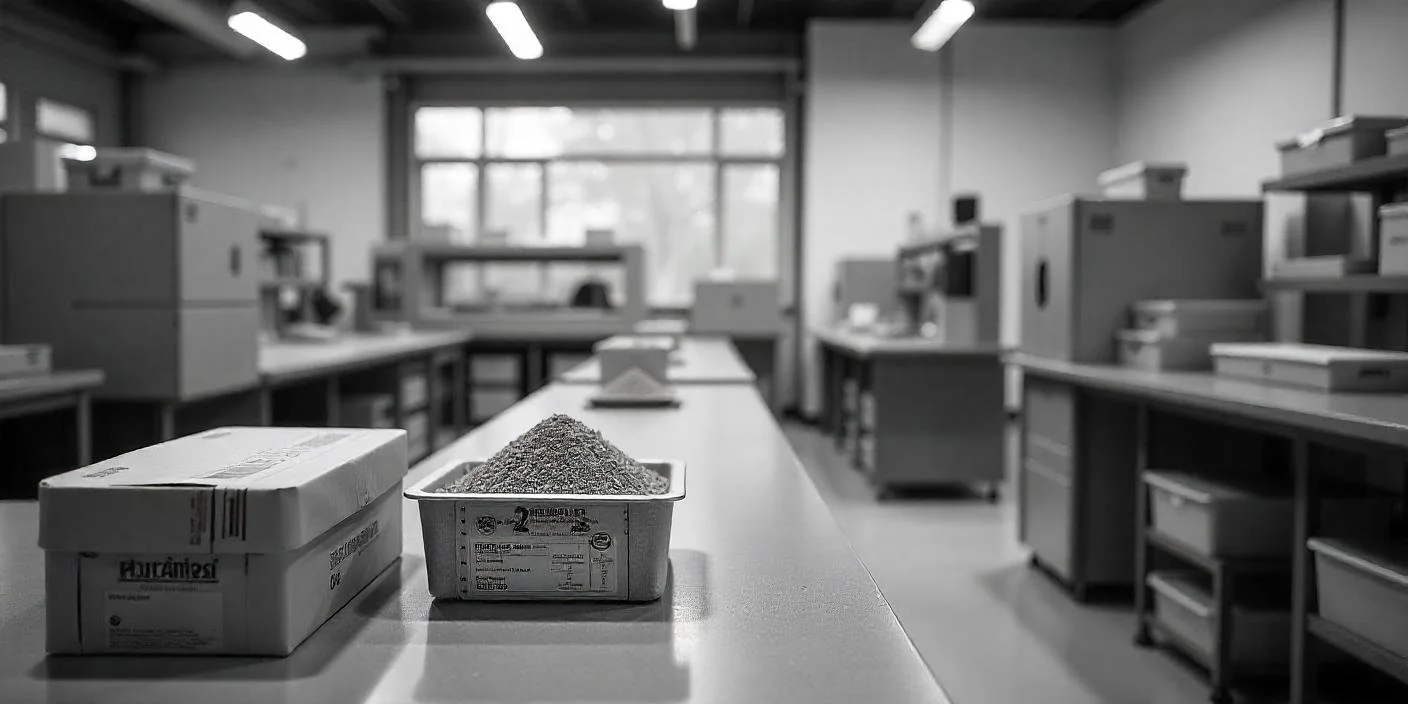Using Steel vs. Aluminium Handrails in a Business Setup - An Insightful Guide
Ensuring employee safety is crucial in Australian workplaces, so companies use handrails extensively. Handrails are made of different materials; choosing the appropriate one is essential, especially in commercial setups. Aesthetics and workplace safety compliance are pivotal. Most entities opt for either aluminium or steel handrails.
Factors deemed crucial in handrail material selection
One must carefully analyze the pros and cons of picking suitable handrail materials in a business setup. Both steel and aluminum come with their respective advantages and limitations.
Durability- Steel is durable and can withstand wear and tear better than most other metals. When coated with anti-corrosive treatment, steel handrails can last for several years.
Corrosion Resistance—Australia's coastal regions are known for their arid climate conditions. To lengthen the lifespan of steel handrails, a protective coating is recommended. Stainless steel is prudent in this regard.
Aluminium is also suitable for coastal regions. It develops a natural oxide layer that works as a corrosion-resistant agent. It suits places with higher humidity and rainfall, in particular.
Weight- Beyond doubt, steel weighs more than aluminium. This may lead to a more cumbersome commercial setup installation process. However, the redeeming side is that the additional weight enhances durability. It is better suited for business setups witnessing heavy traffic.
Aluminium is lightweight, so installing aluminium-based handrails is easy and quick. This is better suited in relatively minor commercial setups that do not handle heavy traffic.
Design and customizations—Steel handrails lend a sleek and modern aura to a workplace, for sure, alongside functionality. Retail brands and IT companies operating in Australia frequently choose steel. Steel can a so be customized in various ways. For example, many brands opt for handrails made with powder-coated and galvanized steel.
Aluminium handrails exude a sleek, minimalistic vibe and easily blend with diverse architectural styles. They can also be analysed, which enhances workplace aesthetics.
Cost—Businesses cannot overlook the cost factor when choosing a material for handrails. Steel-based handrails can be costly, and customization can add to the upfront cost. However, veteran steel fabrication companies offer competitive rates and packages to business consumers. Checking Metro Steel fabrication services websites can be helpful in this regard.
Aluminium costs less than steel, and the installation cost is also lower. This makes it suitable for growing brands in Australia with a modest budget. If you have a limited budget then this metal is the best choice.
Maintenance needs—Steel handrails may need more maintenance, such as re-coating, especially in corrosive environments. Aluminium scores better in corrosion resistance, leading to relatively lower maintenance costs.
Analysing long-term usage and needs is essential
Businesses can gain by choosing either aluminium or steel for handrail material. However, they should analyse long-term usage issues when making a choice. Both materials offer decent aesthetic appeal, customization options, and corrosion resistance.
However, in the long-term usage, steel races ahead in durability and suits business setups with heavy traffic and wear and tear. In the last few years, the steel demand has increased as well. Ensure that you make your purchase from a reliable store.






